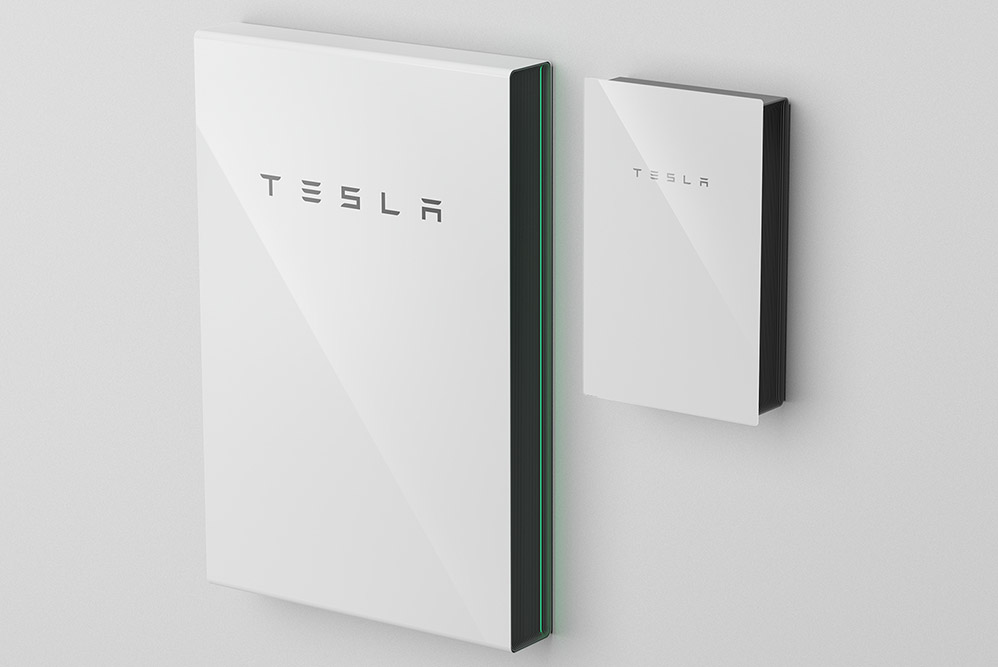
And so to a power back-up resource of a different kind and the future of energy (or a version of it). A more than possible solution to our current power woes was unveiled this month by serial entrepreneur, Elon Musk, founder and chairman of Tesla. While South Africa would love to claim Musk as its own (he was born here), Musk is a citizen of the world, and certainly his latest invention has global impact.
The Powerwall, (version 1) is a 130-centimetre tall by 86-centimetre wide by 18-centimetre deep box of lithium-ion battery storage. It is the first renewable energy source aimed principally at the home consumer market. It is currently billed as ‘energy storage for a sustainable home.’
Musk positioned the Powerwall as a more pragmatic innovation, offering “independence from the energy grid”. Musk and Tesla are positioning it as the way to positively move energy consumption away from fossil fuels to renewable energy sources instead, principally solar.
The hypothesis would certainly enable you to use stored power instead when electricity prices are high, provide emergency backup during brownouts, and its modular extensibility builds over time.
The Powerwall alludes to a more agile and streamlined form of infrastructure, essentially off-grid using a variety of renewables – an overall cleaner, simpler lifestyle, where everything is connected. Although unlikely to have huge effect in the very near future, Version 2 is already on the horizon with collected arrays of Powerwalls energizing and optimizing (not re-building) blocks of existing accommodation and even communities.
In short, Musk’s Powerwall is the convergence of technology, design, architecture and even transportation (if you throw in the Tesla electric car) and is a bright look at a cleaner future.
What do you think?


